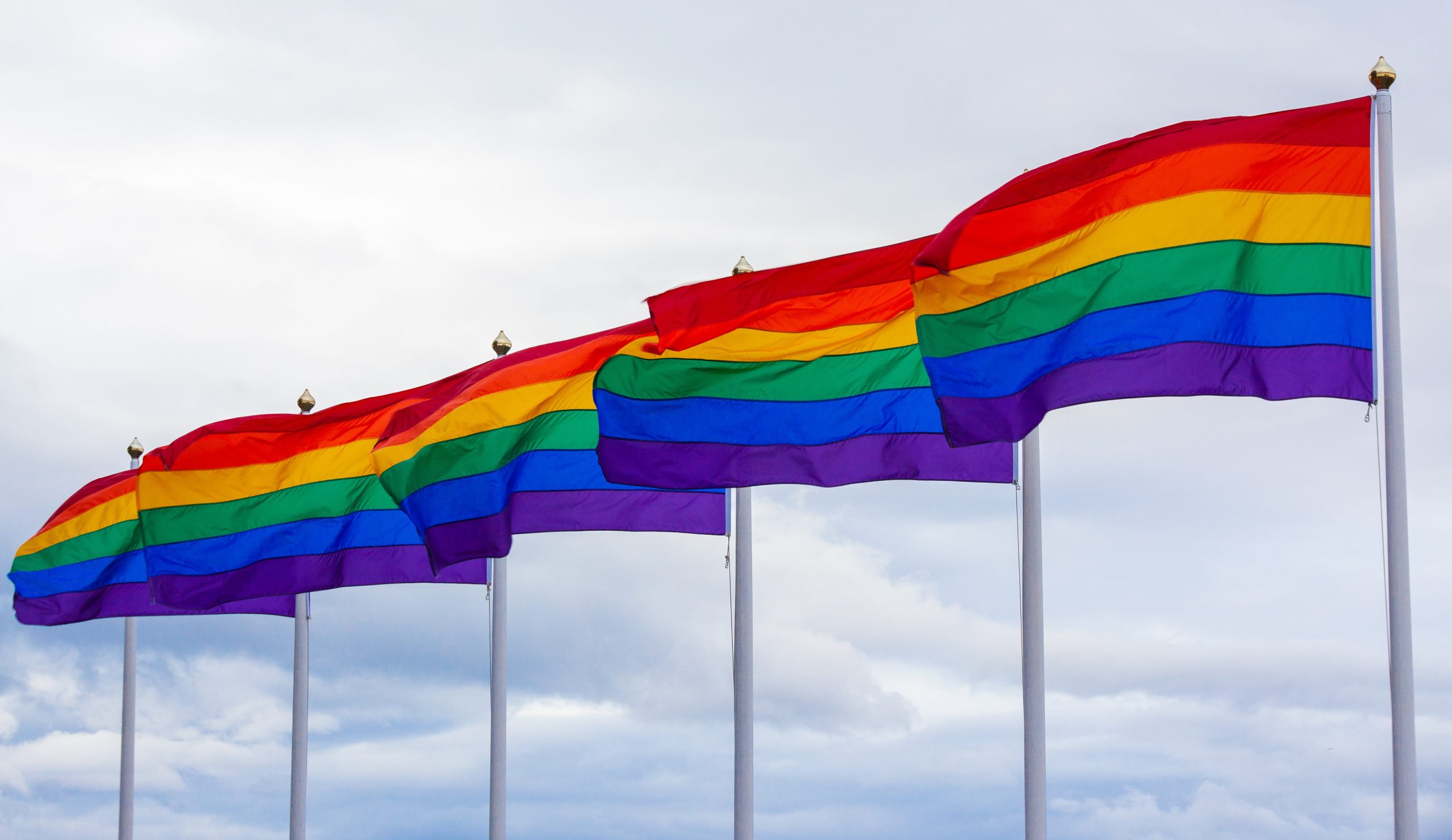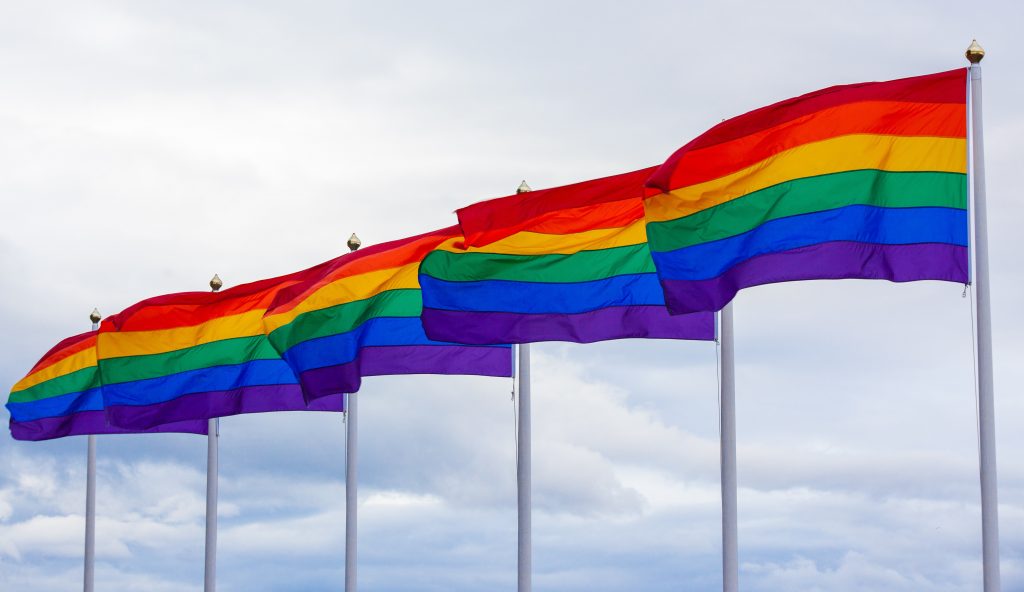Gender Neutral Terminology to Start Using
Author: knguyen1

Author: knguyen1


The language we use is full of gender binary grammar and phrases and although it has been normalized in society, it is important to recognize how exclusive it is. Gender doesn’t fit into two categories and the language we use needs to reflect that and include people of all gender identities.
“In general, when we make an address, we want someone to listen. To draw the greatest possible number of listeners, we have to use language that includes everyone,” said Dr. Rita Mookerjee, a Women’s and Gender Studies Associate Teaching Professor here at Iowa State.
Replacing binary language with gender-neutral terms is a big step in creating safe and inclusive spaces for people of all gender identities. Here are five gender-neutral terms to start using:
Being on a college campus, the word “freshman” has been historically used to describe incoming students. However, the term excludes many gender identities, whereas “first-year” student does not.
“In college, there are all sorts of new challenges that students face. Safety and respect should always be in place to promote a healthy learning environment. It is hard to succeed otherwise. Part of that climate of respect and safety comes from how we use our words,” said Dr. Mookerjee. “[…]It costs nothing to be mindful of language, it just takes practice.”
Many schools have begun to use the term. Even Iowa State’s Student Government has taken the initiative to change their ‘freshman council’ to the ‘first-year council’.
Although the terms “they” and “them” are generally associated with a plural meaning, both used throughout history to reference a singular person. It is grammatically correct and has recently been added to Merriam-Webster as a pronoun for people who are nonbinary.
When addressing groups of people, the word ‘guys’ is commonly used whether the group is all men, all women or a mix of the two. Many find the word to be neutral, but the use of the word is sexist if the people being addressed are not men.
“Guys is not gender-neutral. Guy is a term to denote someone’s gender,” said Christiana Langenberg, Academic Adviser for the English Department and Women’s and Gender Studies Program. “[S]o if you apply it across the genders, then you are using sexist language,”
When talking about the entire population, the word “mankind” has been used throughout history, but of course, not everyone on this Earth is a man. Humankind is a simple and inclusive alternative to the all too used “mankind.”
Mother, father, daughter, son, sister, and brother are all gender exclusive terms that can easily be replaced with neutral options. It is important not to assume the gender(s) of someone’s parents, children and siblings.
Incorporating gender-neutral terminology into your everyday language may seem small to some, but in reality, it is a big progression toward making all genders feel included and safe.
“It also seems that some people think gender-neutral language is a passing fad,” said Dr. Mookerjee. “In reality, many cultures have used inclusive, non-binaristic terminology throughout history. It’s time for English to catch up.”